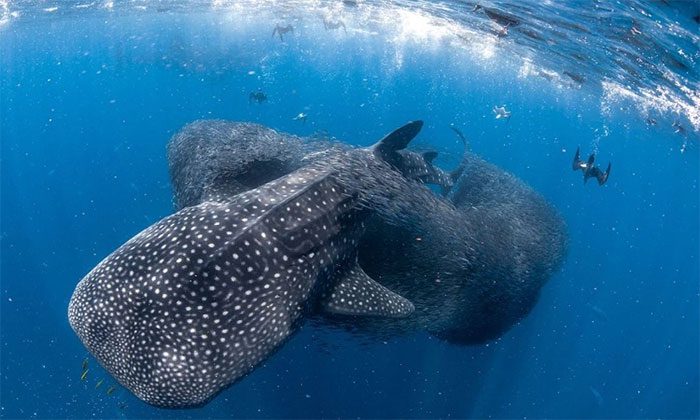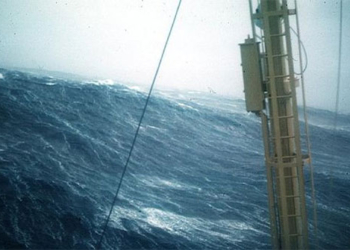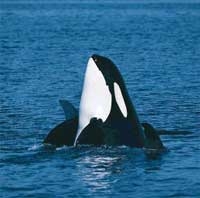A photographer captured the scene of the largest fish in the world eating a bait ball of fish alongside sharks, tuna, and other seabirds at Ningaloo Reef.
Whale sharks, the largest fish in the world, spend much of their time swimming slowly, gulping down large quantities of tiny organisms like plankton, characteristic of filter-feeding animals. However, researchers have discovered that they exhibit more complex hunting behaviors than previously understood. New observations at Ningaloo Reef in Western Australia show that whale sharks can coordinate with various other predators, including tuna, sharks, and even seabirds.

Whale sharks feeding on a bait ball at Ningaloo Reef. (Photo: Tom Cannon)
In a video shot in March 2020 by photographer Tom Cannon, at least three whale sharks rushed into the bait ball, a very rare behavior, according to Emily Lester, a postdoctoral researcher at the Australian Institute of Marine Science and lead author of a paper published in February detailing the phenomenon.
While plankton and other small organisms make up the majority of the whale shark’s diet, researchers have long known that smaller fish such as mackerel and sardines, as well as squid, are also part of their diet. However, determining when, where, and why whale sharks consume these animals is a challenging task. Despite their massive size, studying these creatures is difficult because they are highly mobile. They not only swim throughout the ocean but also dive thousands of meters deep. Whale sharks gather at Ningaloo each year from March to August, providing a unique opportunity for scientists to observe them in shallow coastal waters.
It is likely that the behavior of whale sharks feeding on bait balls occurs more frequently than captured on film. Whale sharks at Ningaloo can swim rapidly through the center of the bait ball and also swim vertically below it, primarily to funnel fish into their mouths. Both strategies require more effort than simply swimming slowly with their mouths wide open.
Ningaloo Reef is renowned for its biodiversity. Located over 1,200 kilometers north of Perth, this World Heritage site is home to a relatively intact population of predatory animals. In Cannon’s footage, alongside the whale sharks, other large fish such as tuna, trevally, whaler sharks, and various seabirds can be seen feeding in parallel.
Whale sharks can feed alone. A group of seven whale sharks was filmed alongside a school of mackerel in the Gulf of Tadjoura off the coast of Djibouti in 2017. The predation activity at Ningaloo occurs during the time when whale sharks migrate elsewhere. For some individuals, the benefits of consuming calorie-rich fish may outweigh the energy cost of swimming long distances to find smaller prey. Targeting bait balls like other predators may help whale sharks conserve energy.
According to marine biologist Simon Pierce, whale sharks can chase small fish, but they are relatively slow and clumsy. They do not seem to be very successful at hunting on their own. However, when other predators attack baitfish, forcing them to school for protection, whale sharks can take advantage of the situation to consume the most fish thanks to their wide mouths.
The mouth of a whale shark can be up to 1.5 meters wide. However, the seabirds in Cannon’s video are not in danger. Despite having around 300 small teeth, whale sharks do not chew. Their throats are only as wide as a grapefruit, so they cannot swallow large prey like seabirds.





















































